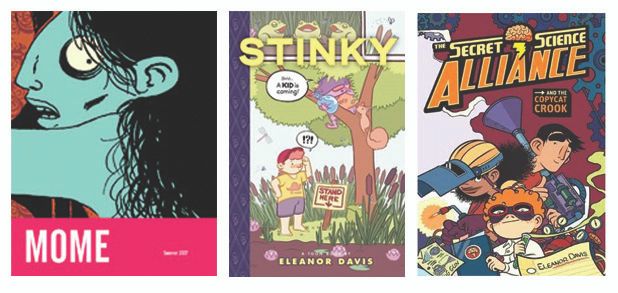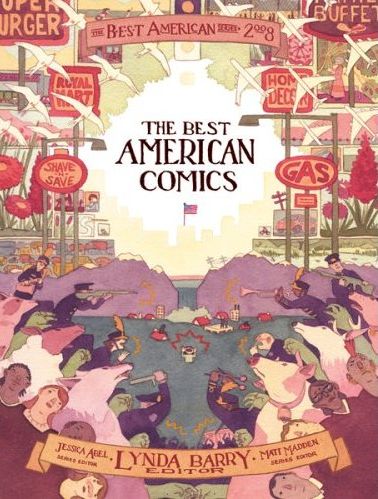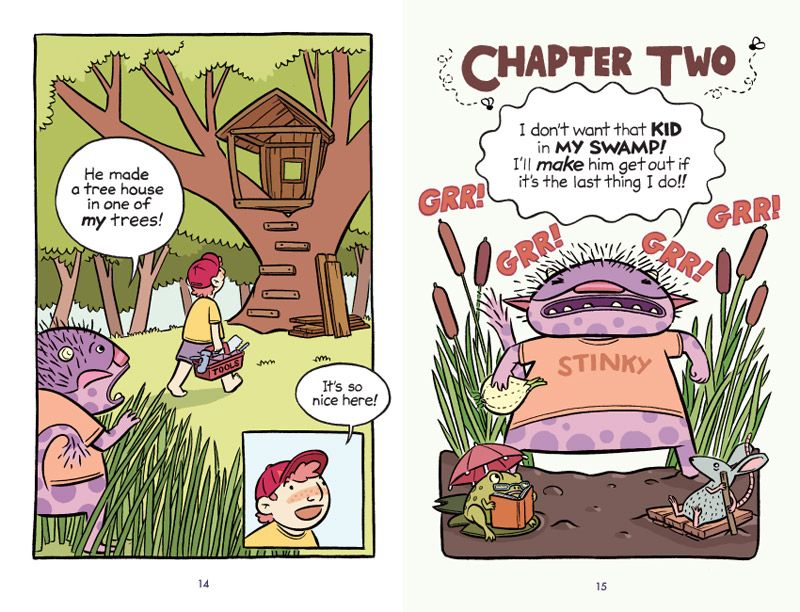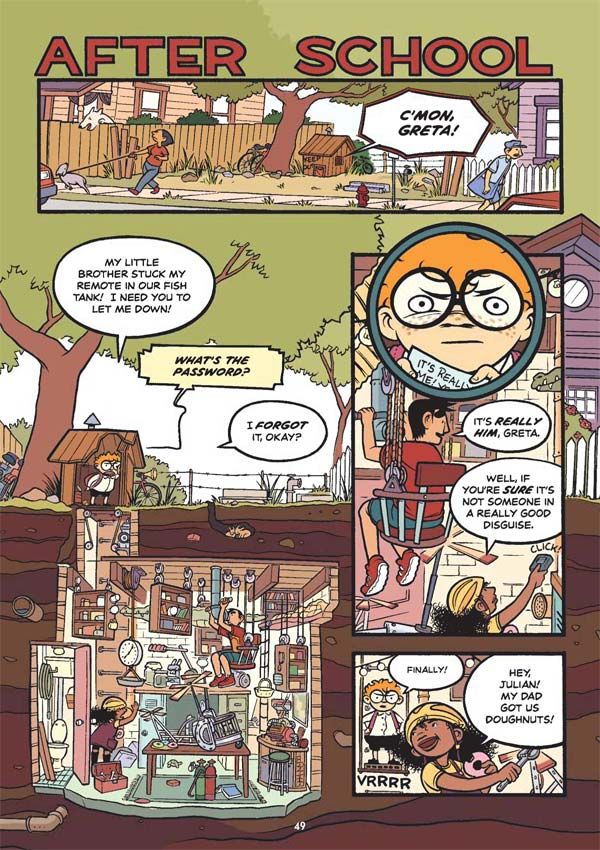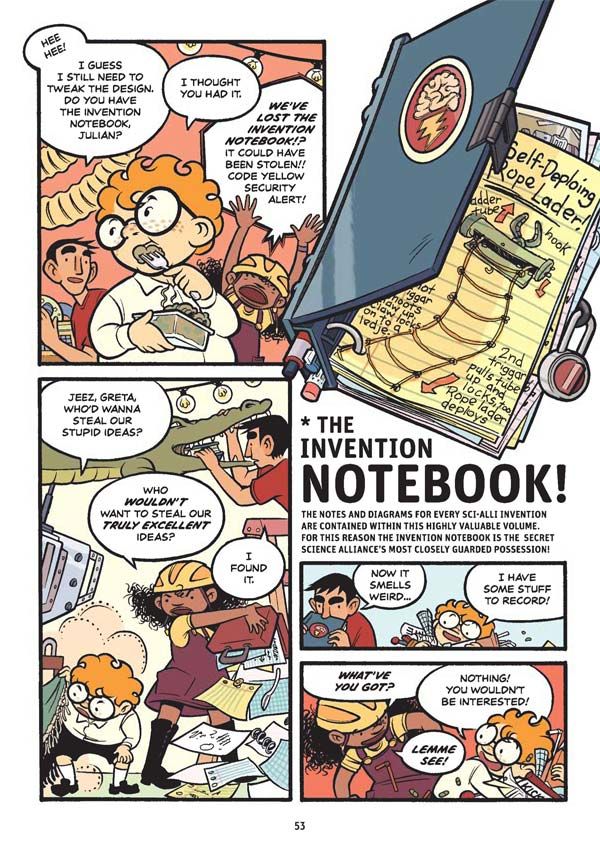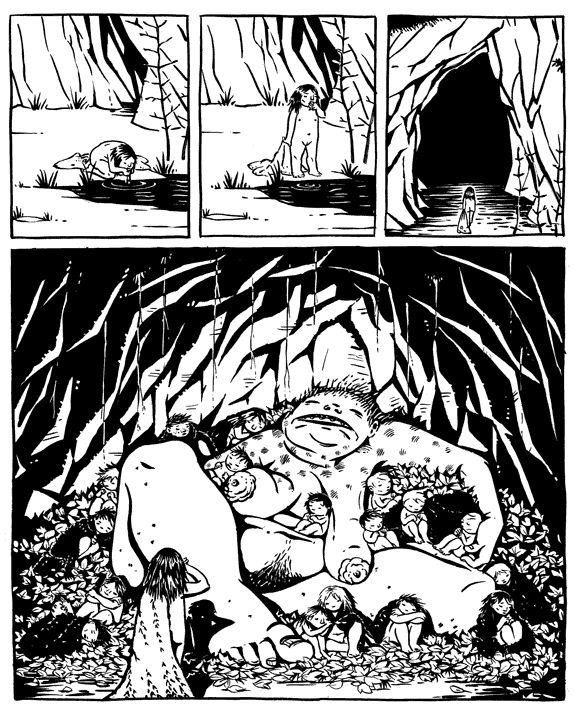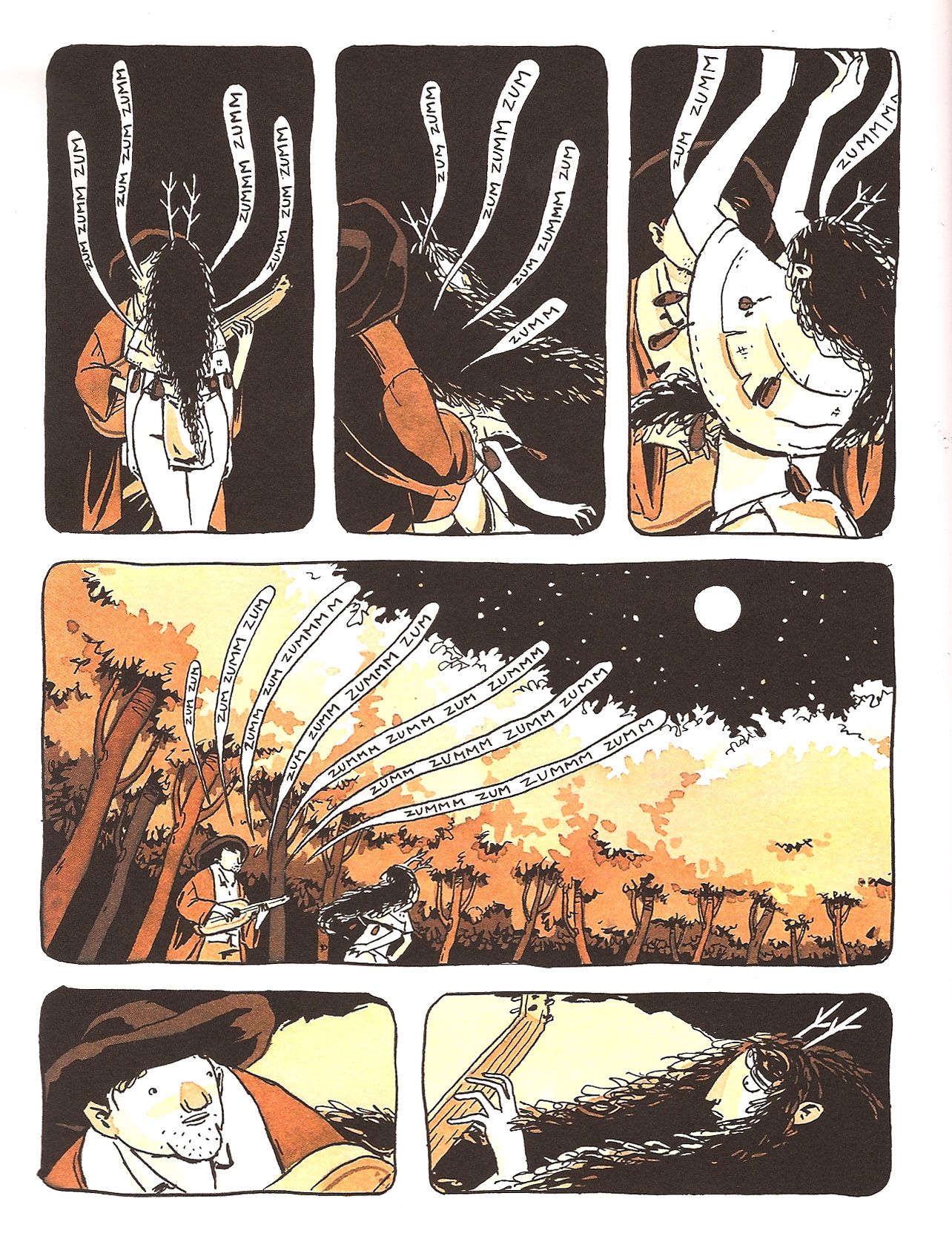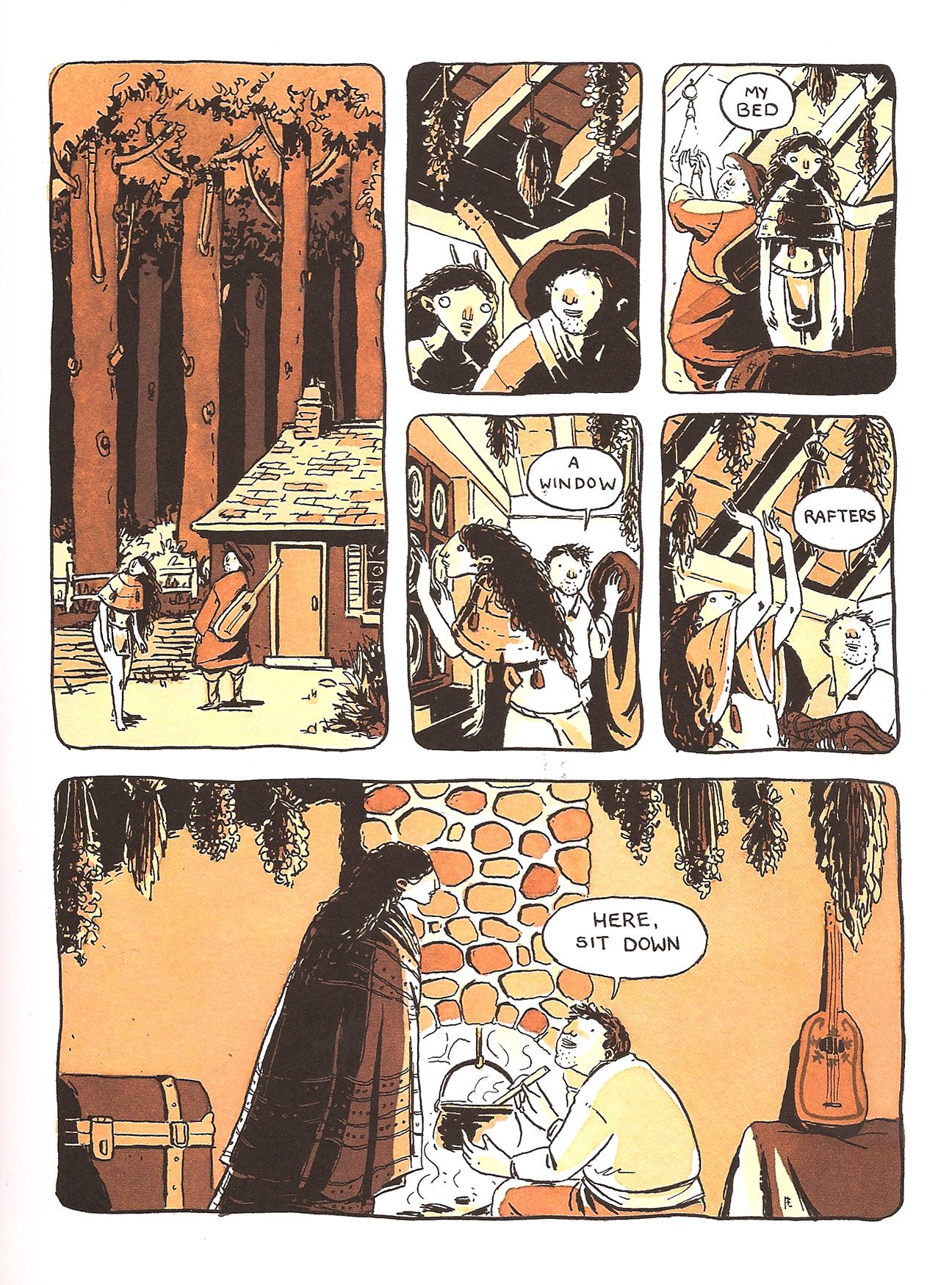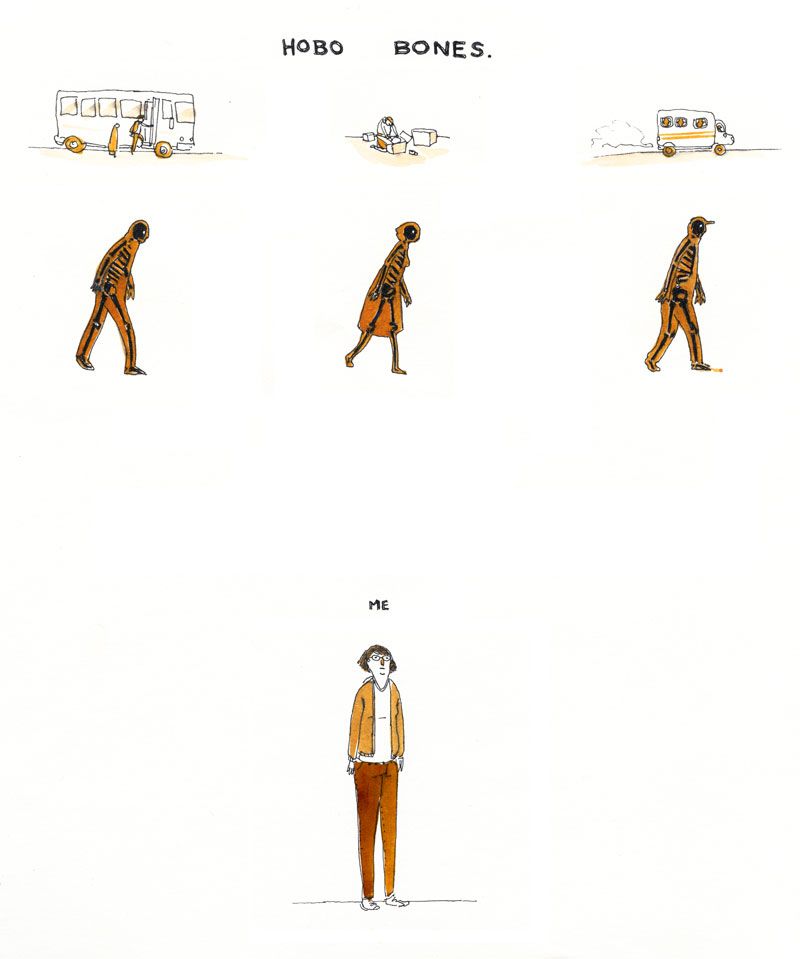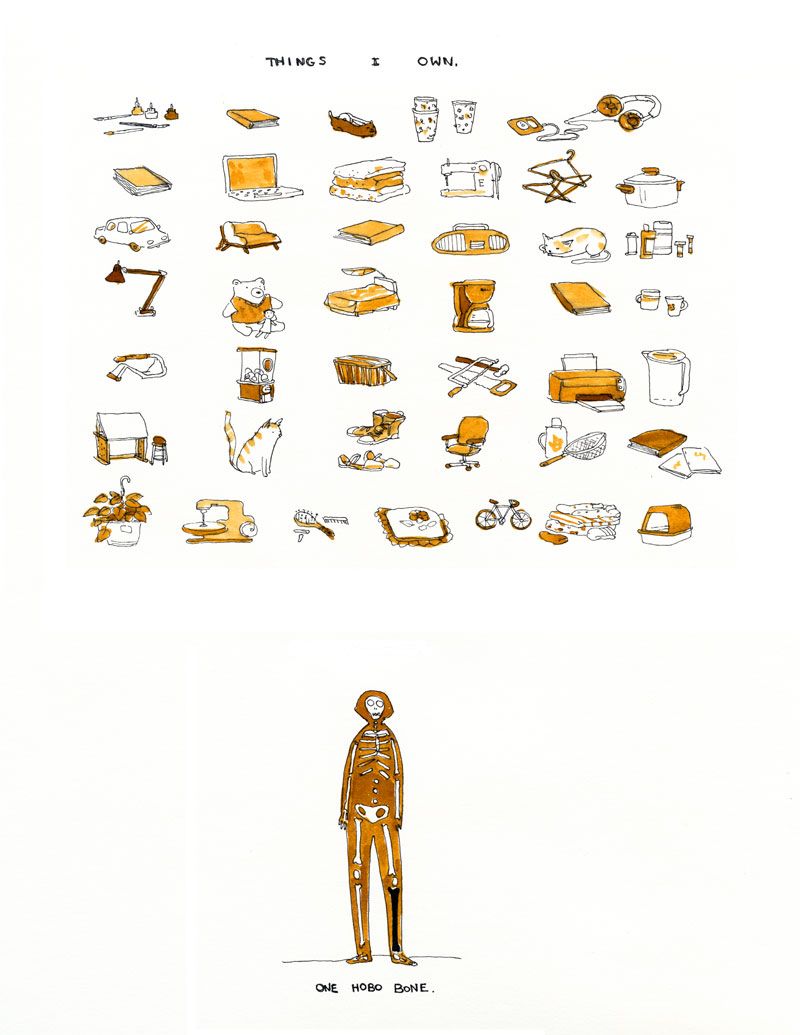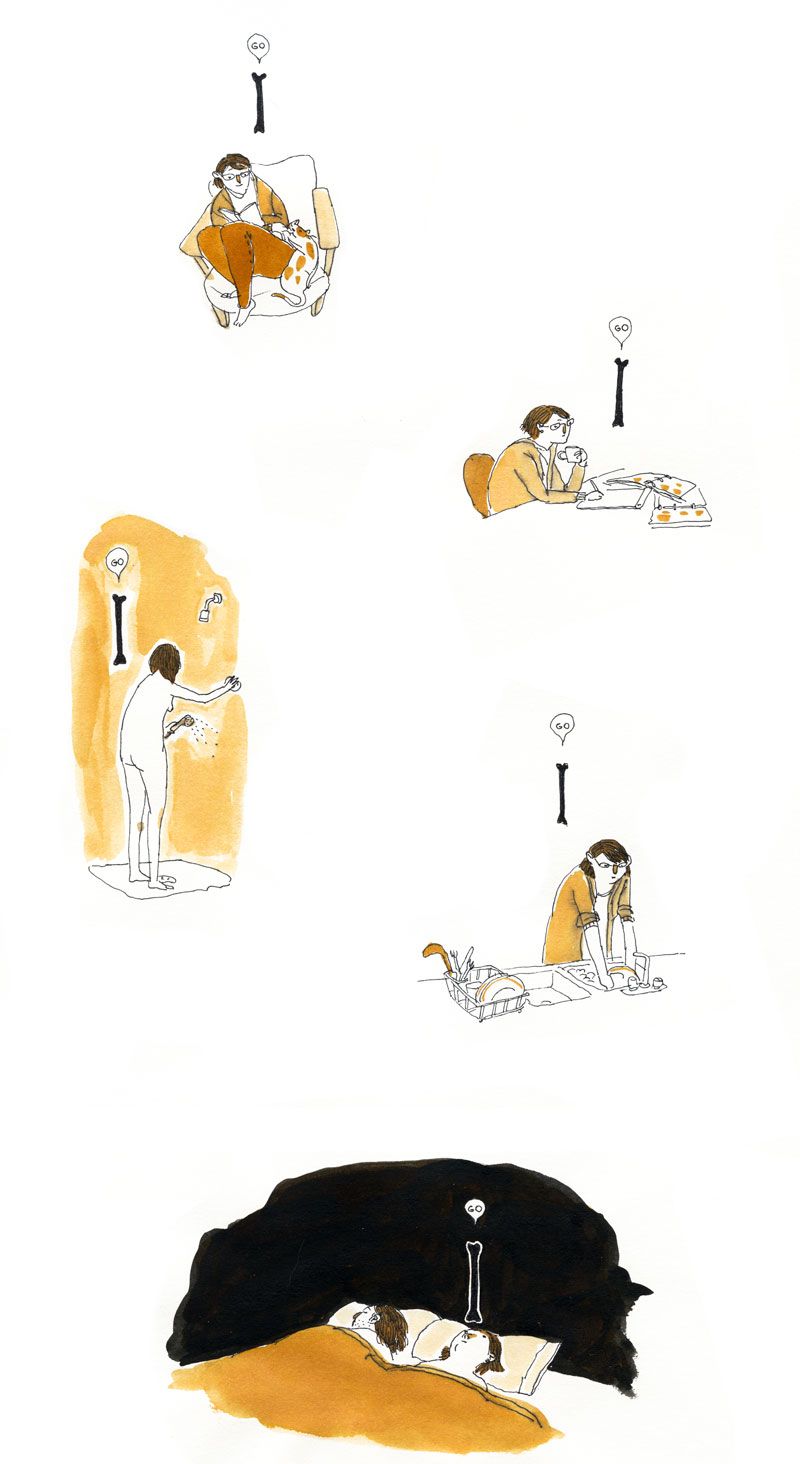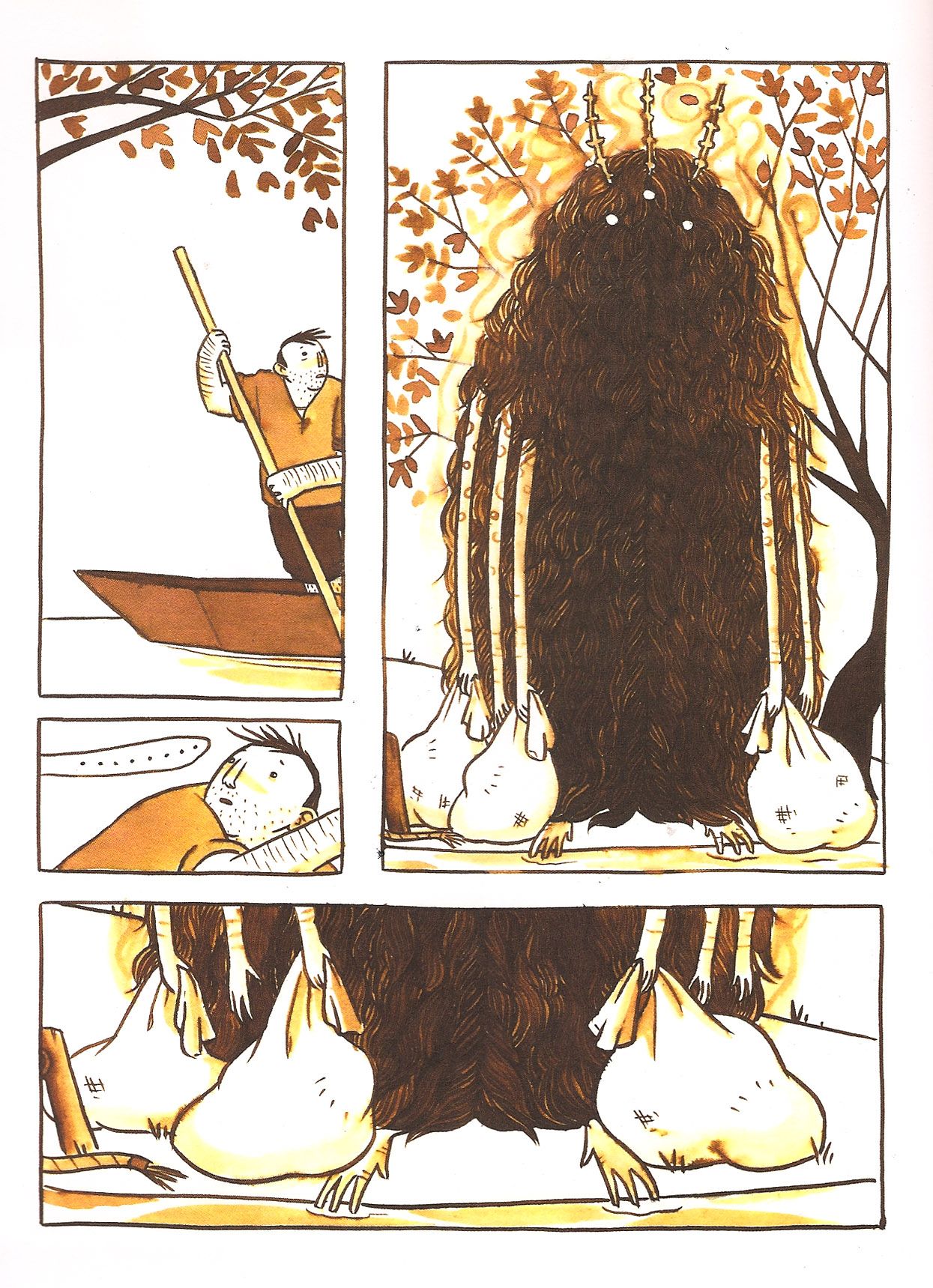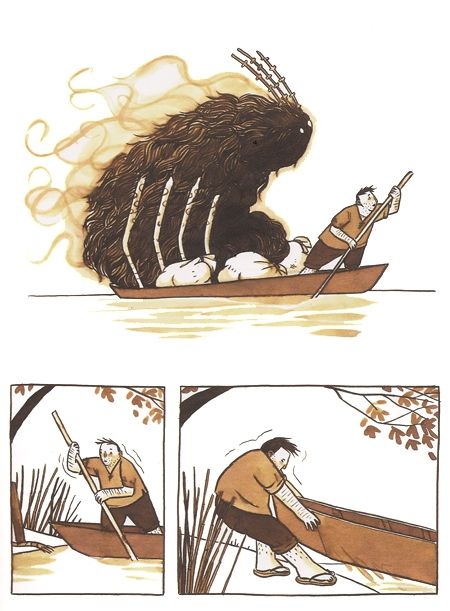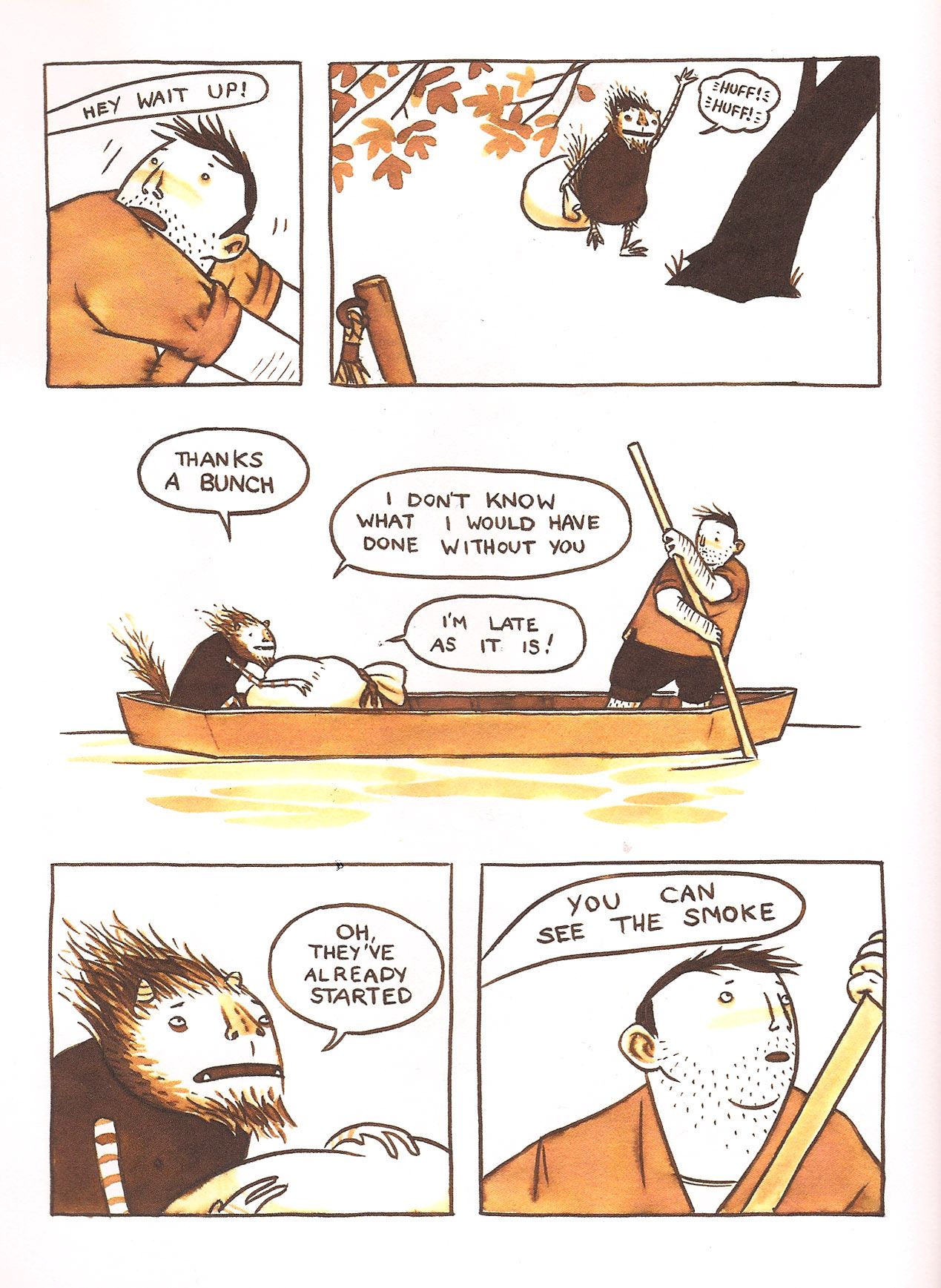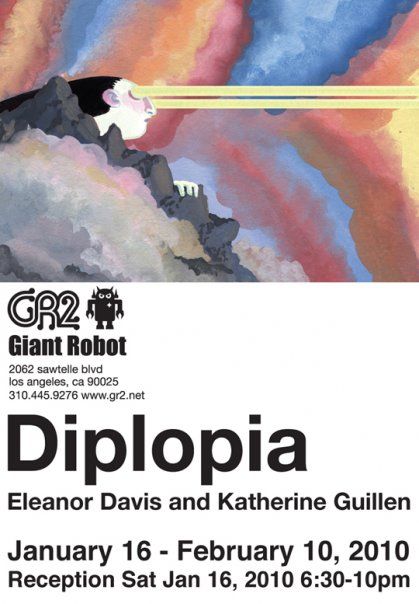Thanks to being hopped up on cold medicine for the last few days you guys almost got an aggressive
potentially polarizing article about objectification of women in comics and why I’m so sick of being told to ‘just accept it’. Fortunately, cooler heads have prevailed, and though I’m sure I’ll someday post some version of that article, a little time and editing will hopefully make it a more insightful and less instigating piece. In the meantime I decided to post a positive column about one of the biggest rising stars in independent comics – Eleanor Davis.
For those of you that don’t read a lot of independent comics, Eleanor Davis is probably a new name for you, and it’s entirely possible her work won’t be your cup of tea (though I’d urge you to keep an open mind), but for those of you who do read a lot of independent work, you’re probably familiar with Davis as a powerhouse of a storyteller with an interesting perspective. A graduate of my same alma mater, The Savannah College of Art & Design (we do not know each other), Davis combines subtle writing and superb illustration skills with a unique vision to create some of the most brilliant and insightful comics work I’ve read in the last few years. Davis’ work ranges from the relatively dark like her short stories featured in MOME to lighter more uplifting fare such as her two most recent kids publications, Stinky and The Secret Science Alliance.
As an adult, I’m obviously drawn to her more adult work, but her kids stuff is quite frankly stunning, and is drawing her praise and high profile awards - this year she was nominated for an Eisner, a Friends of Lulu award, and won the Russ Manning Most Promising Newcomer Award. In Stinky, Davis goes for a simple, yet still surprising story, where a monster and a kid battle for control of the monster’s swamp. Despite the premise however, the story is full of heart and kindness rather than violence and meanness, and the attention to small details in the drawing, like certain animals with clothespins on their noses to protect themselves from Stinky’s unique aroma (he eats pickled onions like apples), makes the book a wonderful trip full of gems to be discovered. It’s an exceptionally light read (ages 4+/K-2), but it’s the kind of book I would have loved as a kid and it’s no surprise that it has made several lists including Booklists Notable Children’s Books 2009 and been named a Theodor Seuss Geisel Honor Book.
In Davis’ Secret Science Alliance (with assistance from her talented artist husband Drew Weing) Davis explores a more complicated kids’ tale that hits all the right notes of misunderstood misfits finding a place and purpose together in exhilarating adventures. The story is just plain fun and Davis’ art is almost like Chris Ware for beginners – extremely detailed and comprehensive pages including cutaways of buildings and panels inserted to show details of other panels. Davis has made the entire book like a giant game of hide and go seek, with sketchbooks full of inventions and illustrations with so many cool things hidden inside that she numbers them and gives a key at the bottom of the page – it’s an incredibly vivid world just waiting for more stories to be told. Like Davis’ other kids’ work Secret Science Alliance is full of heart and goodness – almost as much as her adult work is full of ambiguous lessons open to interpretation – where monsters are never just monsters and where things aren’t what they seem, until they are.
note these two pages are not in order, I just picked them to show some of the great visual tricks Davis is using, but if you click the Secret Science Alliance link above it will lead you to a full excerpt from the book.
One of the best examples of things not quite being what they seem to be occurs in an early work of Davis’ that she self published called Beast Mother, (there's a seven page excerpt at the link) a tale in which a, well, ‘beast mother’ for lack of a better phrase is raising a whole tribe of young children while a man hunts them. You immediately find yourself siding with the beast mother (despite her beastly looks) as she is obviously just protecting and providing for her children, but as the story evolves you come to see that things are not necessarily what they seem. It’s an excellent example of an author pulling the rug out from under the reader, but only with good intentions. Davis' story manages to rather naturally force a reader to question their preconceived ideas about things. It’s fantastic subtle work...well, the beast mother herself is not so subtle, but the messages within the story are.
My favorite of Davis’ adult work is Stick and String from MOME Vol. 8. In Stick and String a wild woman is lured to a man’s house by lovely music he plays on his guitar, but she’s out of her element and when the music stops she panics and tries to escape, only to be lured into calm again with more music. One of the most wonderful things about Davis' work is that her stories are open, allowing a reader to project themselves into the story and draw their own meanings. It makes reading her work very personal. For me, Stick and String, is a tragic and familiar tale about the draw of love and even domesticity and the almost unnaturalness of it, that it’s something people often resist, but are continually lured and bound by. I suspect it's a story that resonates for me particularly as a woman, as I battle the duality of choices in my life such as career or family, but I suspect it can be just as powerful in the same or different ways, for any number of readers regardless of gender.
Davis has another story called Hobo Bones that hits similar notes for me, but in a whole new way, and the fact that she can tell what I perceive to a very similar “lesson” again, but beautifully new, well, it’s wonderful. Life (and art) has become so full of clichés these days that it’s refreshing to experience an artist that can find unique and wholly original ways to talk about things as simple as being free and alone or being tied down and in love, and the wonderful conundrum that those choices create. Certainly I’d take Davis’ heartbreaking and honest tales over the chick flick dreck that is shoved down my throat repeatedly in what we laughingly call the modern romantic comedy. Check it out:
Equally as dark, but perhaps even more open to interpretation is Davis’ wonderful Seven Sacks. Originally featured in MOME Vol. 7, but also featured in the collected The Best American Comics 2008 (which Davis also did the cover illustration for), Seven Sacks is the tale of a simple ferryman, taking a variety of strange customers across a river, to a mysterious event, all of them bearing sacks. The story seems to me a commentary on the state of the world, and personal responsibility, how much a person can or should do about a situation they know or suspect may be "wrong". But it also seems to be about the judgment of that situation, and to a larger degree the judgment of different cultures and where you can or should draw the line in doing that. But to someone else, perhaps Seven Sacks means something else entirely.
I think what all of Davis’ work has in common, whether it be sweet and simple like Stinky or dark and introspective like Stick and String is the magical quality. Whether she is telling fantastic tales that skew towards the disturbing or to the upbeat and hopeful, they all come with an almost fairy tale atmosphere – as if Davis’ head is its own rich mystical playground on which all these stories are born and frolic freely together.
If you happen to live in Los Angeles, or plan to be there in the next few weeks and you like what you've seen of Davis' work, make sure to stop by Giant Robot Los Angeles
(GR2), to see Eleanor Davis’ current show Diplopia with fellow artist Katherine Guillen.
You can shop for Eleanor Davis’ work at Little House, and find all sorts of excerpts and drawings and delightful tidbits on Davis' website: Doing Fine.
And back issues of MOME are available at the Fantagraphics website. Davis is featured in MOME #7, 8, and 11.

